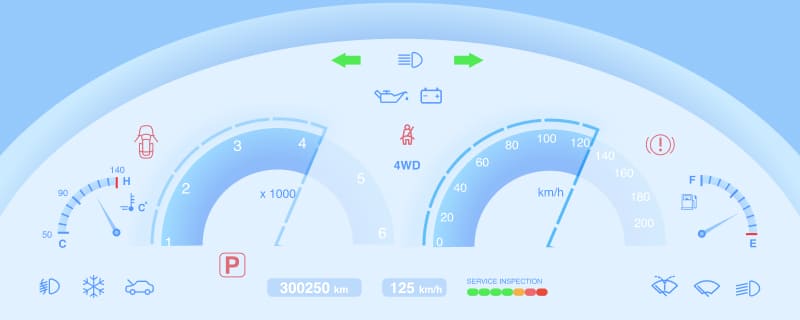What is OBD and How Does it Work?
Have you ever wondered how your vehicle can tell the amount of fuel left? Or where the "check engine" light (that wouldn't just go away) comes from? These indicators are the result of a complex diagnostic system called OBD, which is used to monitor a vehicle's health.
On-Board Diagnostics is a self-diagnostic and reporting system that helps repair technicians access the status of various subsystems within an automobile. Aside from diagnostics, an OBD system can regulate a vehicle’s performance and perform minor repairs itself.
OBDs collect data about the vehicle's state, process it, and transmit the information to internal and external observers. This information is encoded in a standard format for universal analysis and interpretation. As such, mechanics can accurately assess a vehicle's repair needs.






